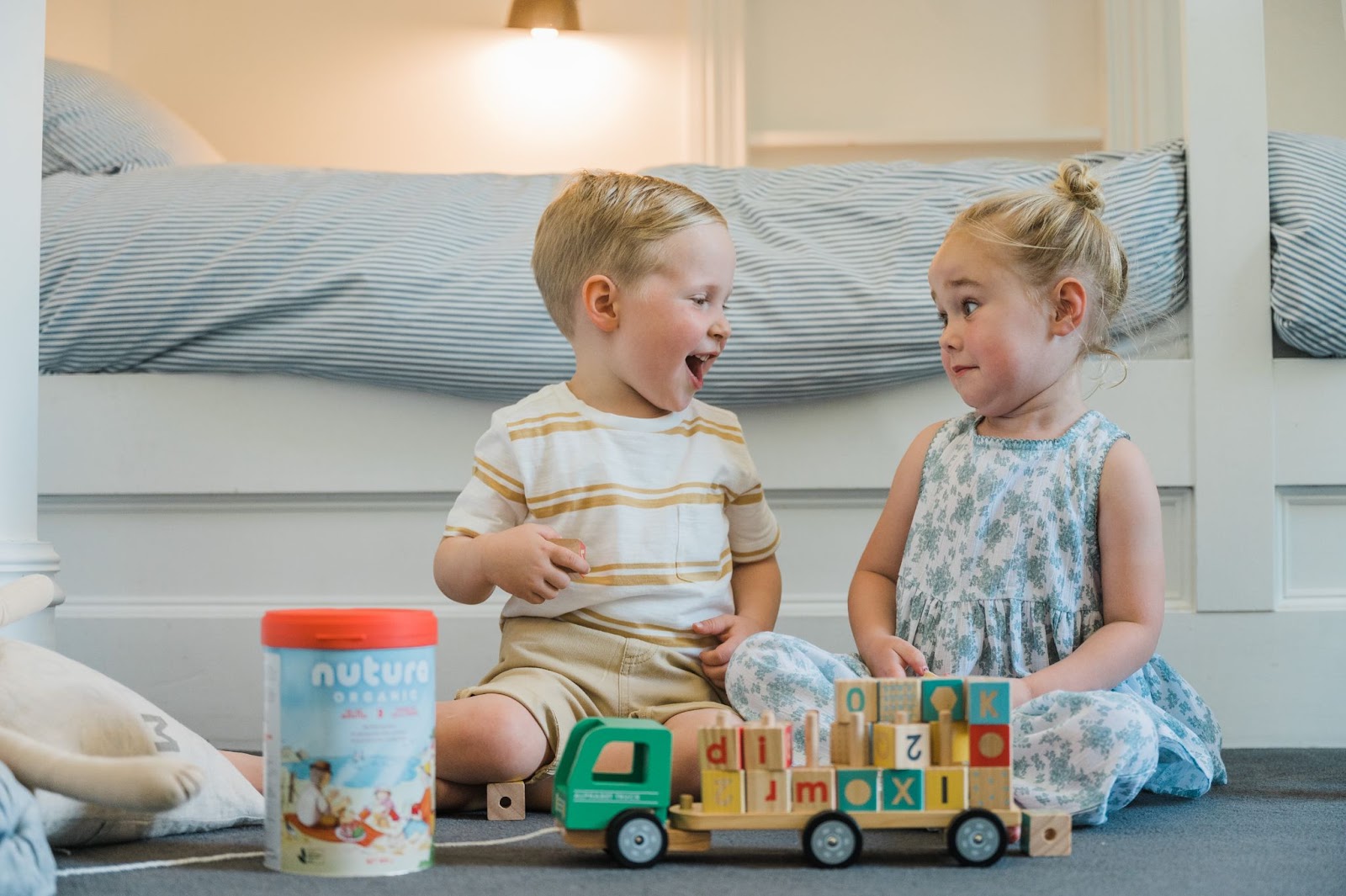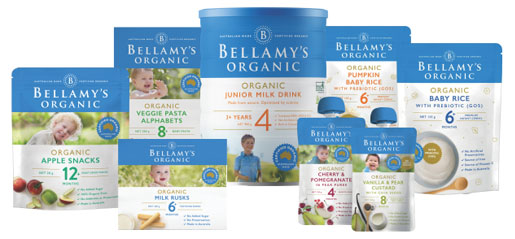How to Teach Your Young Child to Read and Literacy Enrichment Classes in Singapore
Reading and sharing stories with your children helps promote language, literacy, and brain development. Each time you read with your child they become more familiar with sounds and words, and develop their imagination. Reading helps your child understand the difference between ‘real’ and ‘make believe’ and can help you develop a bond to build your relationship.
But reading isn’t the only way to build a strong reading foundation. Even just looking at books with your child can be a meaningful experience, as can reading a book yourself. Children love to watch their parents gently turn the pages of a book and seeing you get joy from reading makes them fall in love with it too. Singing songs and saying rhymes are also fantastic ways to enhance early literacy skills. The more fun you make these, the more they learn. Talking too, be it about past events or what you’re doing for the day, boosts language and literacy. Even food plays a part in a strong reading foundation!!
In short, language activities, be it in writing, picture, song, rhyme or storytelling format, can prepare your child for a lifelong relationship with literature – one of the most interesting and significant expressions of humanity.
Techniques to build a strong reading foundation
Reading picture books with your child invites them to look, point, touch, ask and answer questions. It provides joy, excitement and closeness, three of your child’s favourite things. Your child begins to associate reading books with happiness and studies show that literacy is essential for success in school and life in general.
To discover some of the best picture books to read with your child, check out our 10 Picture Books Your Baby Will Love. These books are guaranteed to get your baby excited about reading, especially when you try reading with different voices, lots of emotion, inventive sound effects and funny faces.
Book chatting
You might feel that interrupting reading to ask a question disturbs the rhythm of the story, but asking questions and reflecting on the story and pictures is an important part of getting your child to understand and process the words. Start by looking at the cover and asking your child to describe what they think the book might be about. Throughout the book, ask questions like, “how do you think that made them feel?” or “what do you think might happen next?” Base your questions around key words, cause and effect, or the order in which events take place. At the end of the book ask your child about their favourite parts and the parts they found funny, exciting or different.
Rhyming games
Rhyming can be found in poetry, songs, children’s books and games. Used to teach children about similar spelling and sounds, rhymes are a great way to strengthen phonological awareness. Word family charts are useful tools, as are card matching games that encourage kids to find rhyming words. You can also try incorporating rhyme into your everyday activities by creating your own happy tunes.
Storytelling times
Libraries across Singapore offer ample opportunity to discover fun facts and exciting stories. Learn about anything, from dragons and robots to kittens and whales, mysteries, humour and adventure! Library storytimes are a great introduction to group storytelling, and Super Storytastic is full of fun for kids aged 7-10 and for those aged 4-8 years. Stories can be told in English, Chinese, Malay and Tamil and are held throughout the week.
Displaying words
The more words your child sees, the more likely they’ll be encouraged to read. Try labelling items in your house like chairs, windows and doors or labelling coloured items with red, blue, yellow, and other colours. After your child has had some time to associate the words with the objects they see, try moving the labels around. Your child can then turn it into a game by putting the correct labels on the items.
Practice sight words
There are some words that are difficult to decode phonetically as they don’t follow the standard rules. These are known as ‘sight words’ and your child will need to memorise them rather than learn to sound them out. Show sight words often, stick them on the fridge, or try turning them into a game of sight word fishing or bingo.
Eat well
A healthy balanced diet is not just good for your child’s body, but their mind too. Certain foods improve brain function, memory and concentration and the more nutrients their brain receives, the more that brainpower is boosted. Try incorporating foods like salmon, eggs, peanut butter, wholegrains, berries, oatmeal, beans, milk and yoghurt, and of course add as many organic and colourful vegetables as you can. Instead of potato and corn chips in your child’s lunchbox, consider fueling them with baked sweet potato wedges or easy-to-snack-on veggies such as sugar snap peas.
Join the library
Letting kids choose books that interest them is hugely important. It gives them a sense of ownership and makes them more likely to pay attention to the words. Join your local library and make regular trips. Try not to impose on their decision; rather, use the time to pick yourself something good to read. You might not be happy with their choice, but as long as it’s appropriate and in line with their reading level, let them read what they want.
Praise lots
Demonstrating your joy in seeing your child read is hugely encouraging for someone beginning their literacy journey. Praise lots, reward often, and always view reading in a positive light. Talk openly about your love of reading and getting lost in stories. Ask questions about their books and show interest whenever you can. Make reading a proud family moment.
Take control of technology
Technology can be a major distraction for kids, so be sure to limit usage when possible. Consider putting 10 minutes of reading time before their favourite TV program or setting up a system in which 15 minutes of reading earns your child 20 minutes of a video game. If your child struggles to focus on a book and an iPad is your only option, visit educational websites and play literacy-based apps instead.
Enrol in reading enrichment classes
Reading enrichment classes, like those offered at Julia Gabriel Centres, empower students to communicate confidently. Age appropriate activities encourage kids to express ideas through speaking, writing, music, performing, debating and moving. Programmes are offered to children as young as 6 months old and each program is carefully planned to encourage literacy exploration.
The varied approach
The thing to remember is that there’s no one best way to teach young children how to read. Reading is a developmental process that takes time and varied approaches to learning will help you get there. Every child learns differently, so incorporate different teaching strategies and see what’s right for your child. Watch what holds their attention and what keeps them interested. If you find your child getting distracted or frustrated, change your approach. After all, the best lessons are when children don’t even realise they are learning.
Featured post
-
05 Diet Plans That Are Good For Your Health
31/07/2022
-
Best Times to Sleep for Adults & Children
01/06/2022








